May / Global
The Agenda: The Opener
The stories you should be paying attention to – and the ones you might have missed.
Post modern
Alexis Self on why stamps are sticking around and still used as a soft-power pusher in the post.
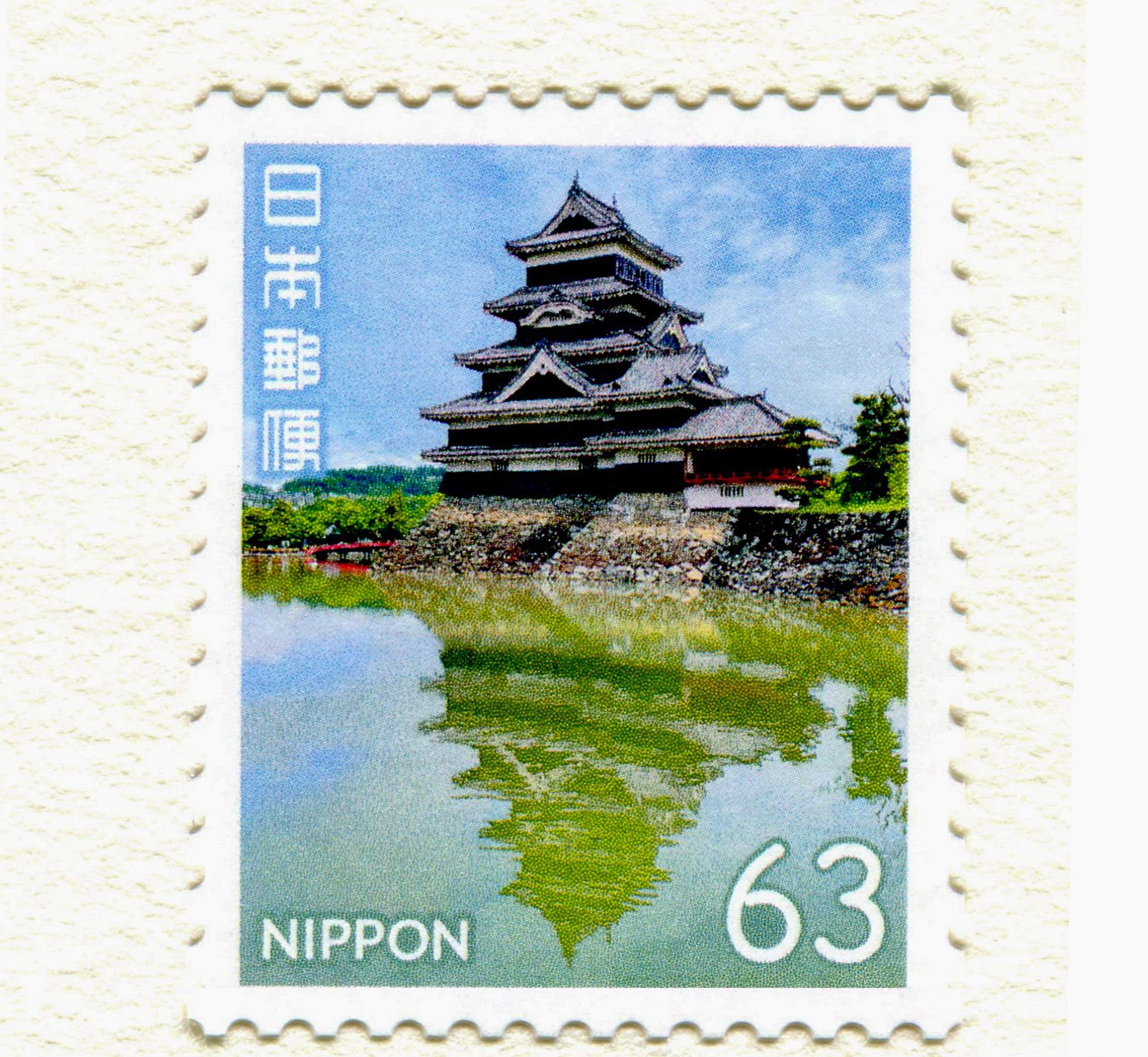

Despite their slightly fusty image, stamps show no sign of being consigned to the dustbin of obsolescence. Indeed, these small pieces of paper, whose inherent design has remained largely unchanged since 1840, when the Penny Black became the first adhesive stamp used in the public post, still possess a potency that belies their humble function. The rarest sell for millions but since designs only have limited print runs, any stamp can become collectable. Postal services worldwide use stamps to promote their countries, so some of monocle’s correspondents sent us a collection that they felt would leave a good impression on a foreign recipient. Here’s our pick. —
1
National icons
Japan
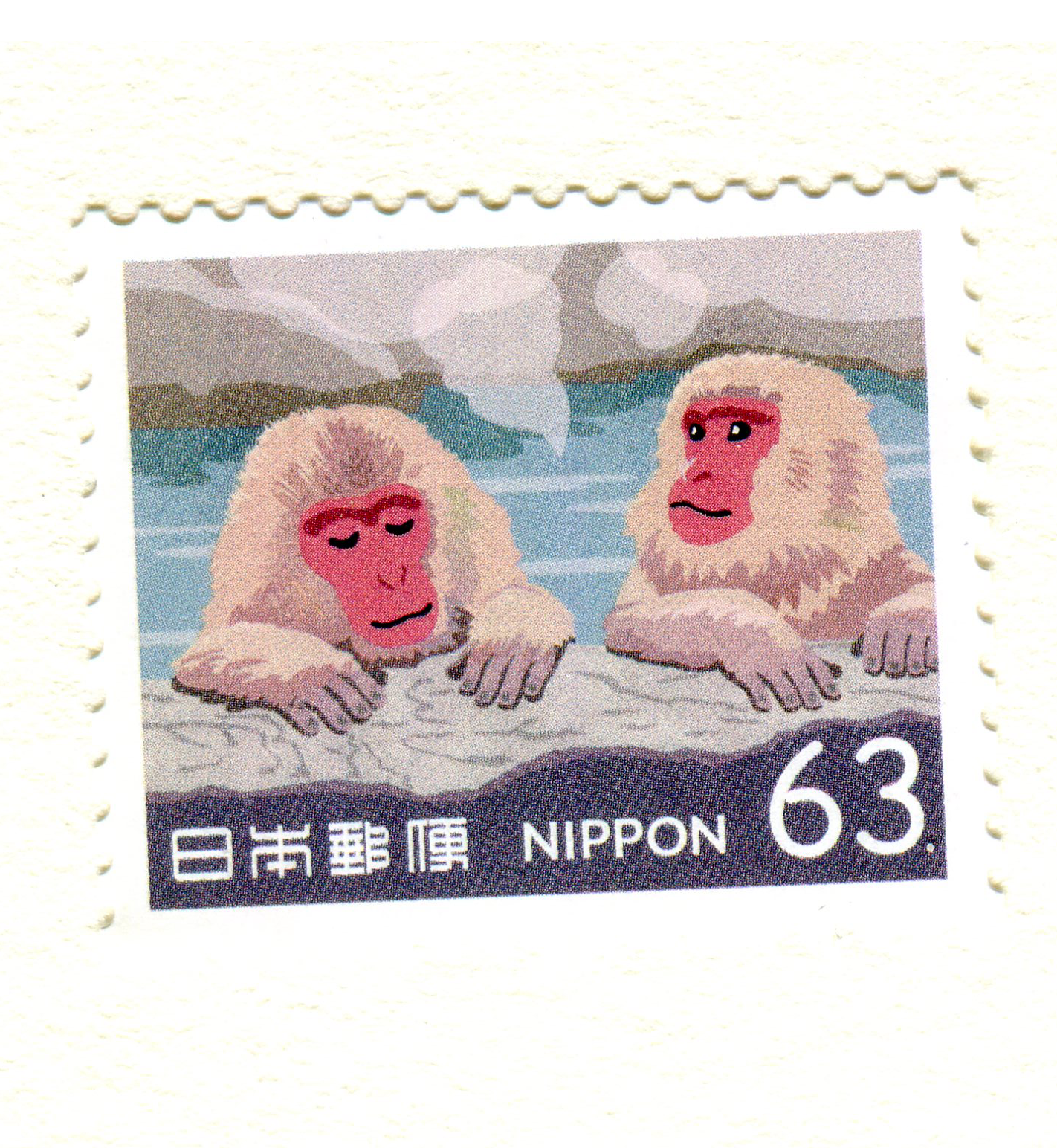
There are few topics or occasions in Japan that don’t merit a stamp: a new bullet train, a change of season, a sports team or obscure historical figure are all good material. Philatelists keep a beady eye on Japan Post’s releases for good reason: new stamps sell out in no time. These stamps are part of a series celebrating the attractions of regional Japan: snow monkeys and Matsumoto Castle in Nagano and a bowl of Tokushima’s famous ramen. There is only one problem with Japan’s dedication to quality stamps: many are just too good to use.
2
Wash and go
Slovenia
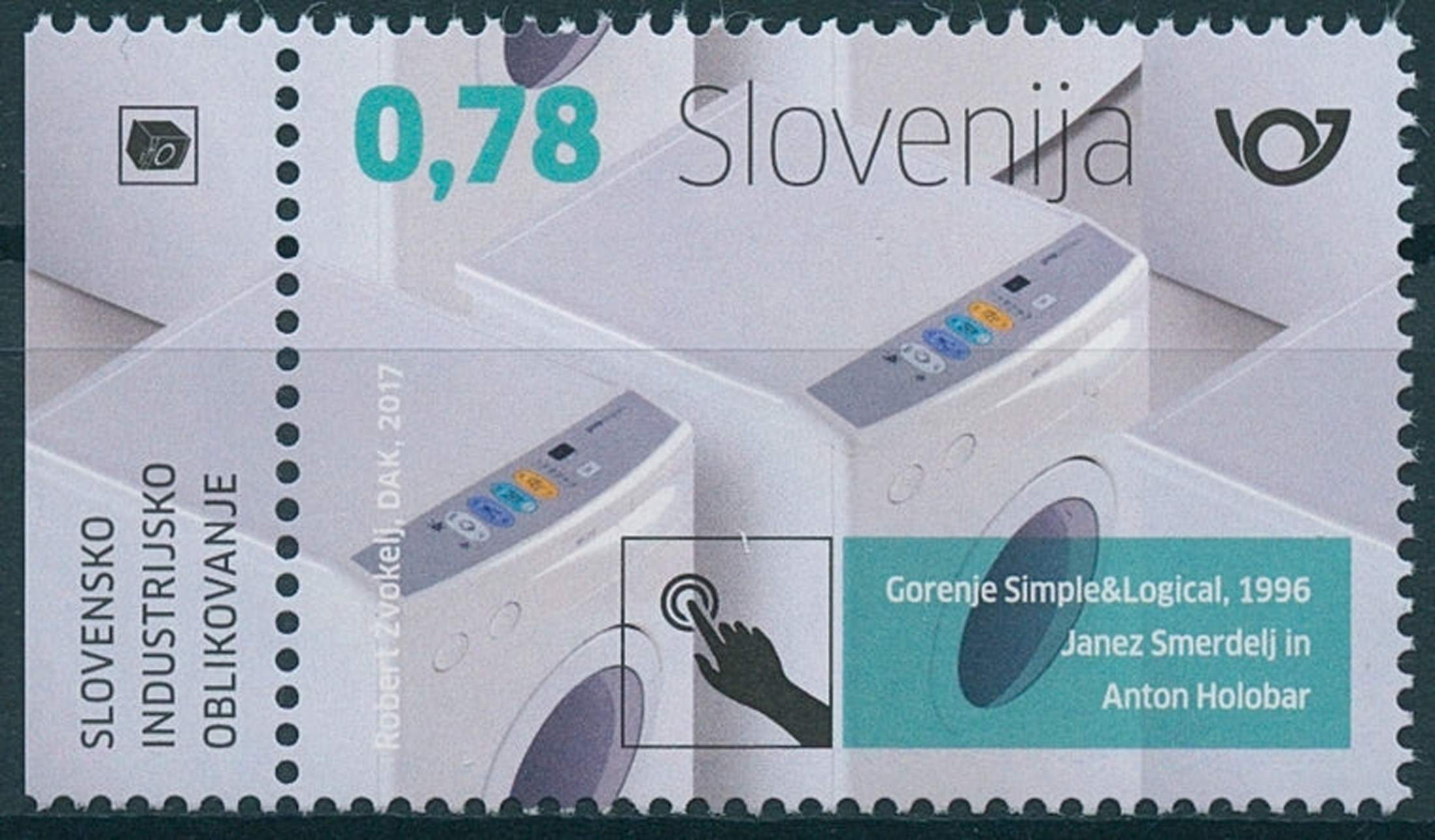
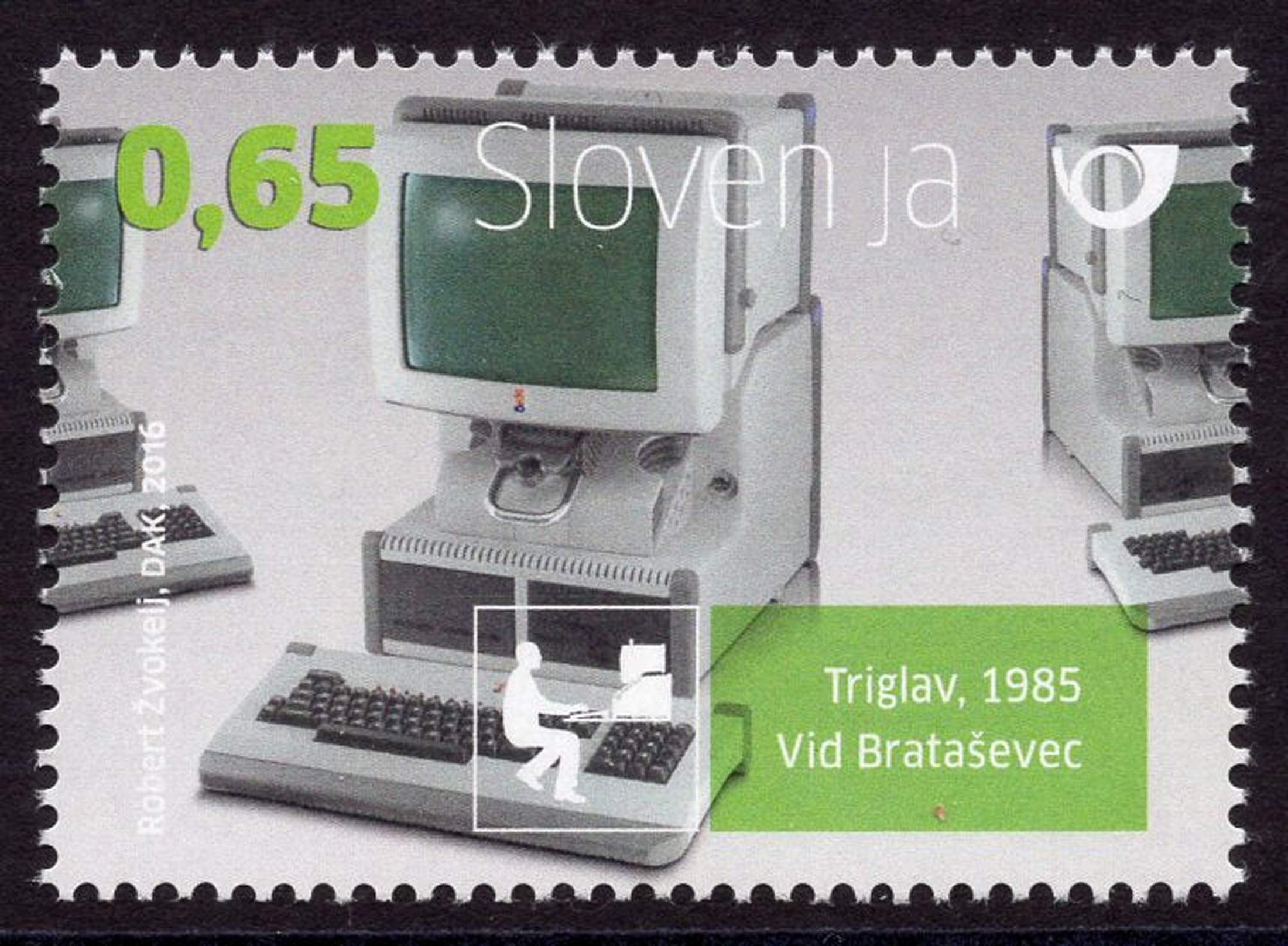
A cross-country skiing boot, a vintage desktop computer and a washing machine are not, perhaps, the typical subjects of European philately. But as far as Slovenia is concerned, they are evidence of an impressive heritage in industrial design. The Alpina boot is from a company that claims to be “the first choice of Olympic and World Cup winners”. Meanwhile, the Gorenje washing- machine stamp highlights another company with Yugoslav heritage that continues to thrive in the 21st century, albeit under Chinese ownership. But this design celebrates a pair of Slovenian industrial designers, Janez Smerdelj and Anton Holobar. And the Triglav computer was Yugoslavia’s bid for IT glory in the 1980s. Despite Vid Bratasevic’s innovative design, it failed to crack the global market. This stamp gives the Triglav some overdue international exposure.
3
The people’s architect
Italy
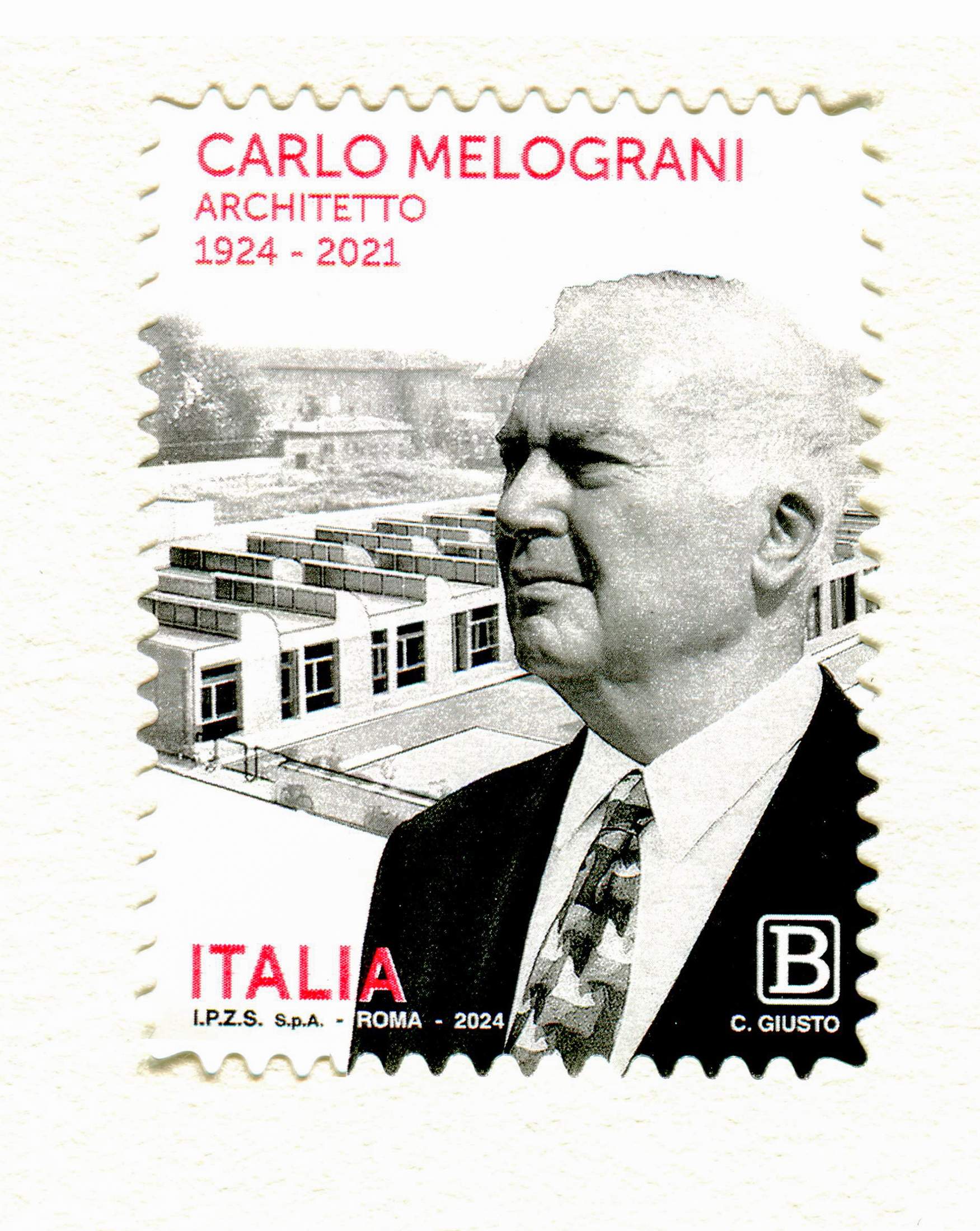
Italy likes to tout itself as a global centre of design, so it’s no surprise that it celebrated the centenary of the birth of architect Carlo Melograni on a stamp. The interesting thing about Melograni is that he wasn’t a “starchitect” by any means. An academic, teacher and author, Melograni – pictured in stately profile – almost exclusively focused on projects for the common good, including residential blocks and schools during the postwar boom years. There’s a clear message in the use of a picture of his Ludovico Ariosto di Ferrara state high-school project: we could do with more architects like him today.


